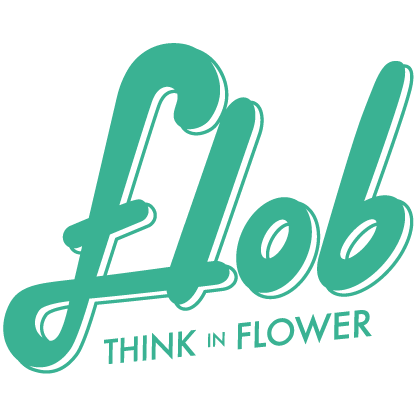- Green Lifestyle
- 7259 views
- 0 comments
Moyogi Style or Informal Erected
The Moyogi style, also known as the Informal Erected, is a basic style used for bonsai made of a single pottery plant. It is one of the most suitable styles for those who approach the bonsai world, and is also considered the most balanced and harmonious. It can be applied to all types of plants, although the most suitable species are Oak, Acacia, Azalea, Malus, Elms, Cupressacee and Pinacee plants. There are several examples in nature.
To get a Moyogi style visually unforced, you have to comply with fairly rigid rules. The base of the trunk ("Nebari") must be as wide as possible, even better than with the arrangement of the radial roots, to provide a massive impact. The trunk must maintain an upright vertical but must create a conical, sinuous shape with 4 or 5 curves; The apex of the plant must then be perpendicular to the base of the trunk. This curvature predicts that the branches grow outside the trunk curves, and must be alternately arranged, albeit not with rigid rules such as Chokkan. The hairline essentially forms a scaled triangle, with the corners of the base offset on the horizontal axis. The branches are born with a short curvature that "pushes" upward, bending downwards and finally upward again at the end. They must start at different levels and never oppose themselves: for a proper balance of the plant, the first must first be placed at one third of the overall height of the bonsai and have a thickness that is about one quarter of the trunk; the position of the latter in some cases affects the placement of the plant in the vessel. Initially only the branches that are too thick at the top should be pruned; Then, when the tree is strengthened, it can also be cut to the base. The characteristics of this form are just asymmetry and conicity: coupled with the curved trend of the trunk provide a dynamic but at the same time majestic appearance.

Comments (0)